Understanding Your Natural Hair
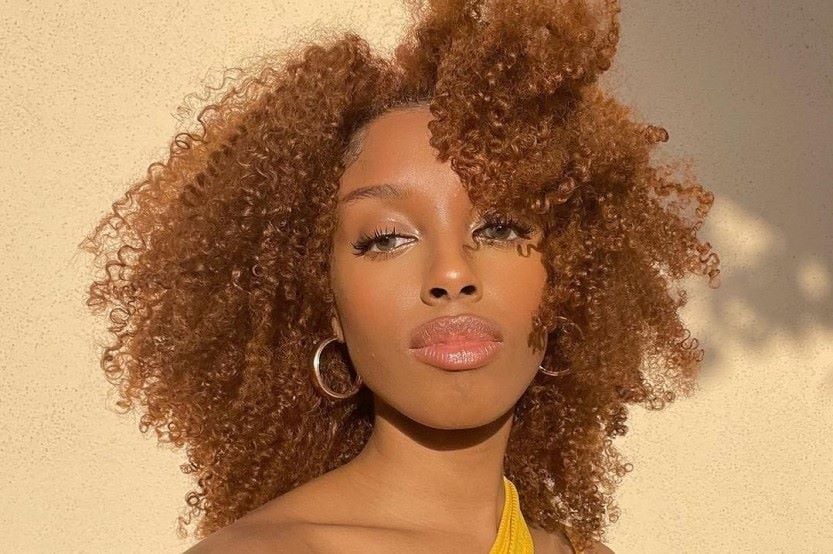
Understanding one’s natural hair is crucial for proper hair care. Everyone’s hair is unique, and understanding its characteristics and needs is the first step towards nurturing it effectively. Factors such as hair type, density, and porosity play a significant role in determining the appropriate hair care routine. Hair type refers to the shape and texture of the hair strands, such as straight, wavy, curly, or kinky. It helps in determining the right products and techniques to maintain healthy hair. Additionally, understanding common misconceptions about natural hair is essential for debunking myths and embracing the true beauty of one’s hair. By understanding their natural hair, individuals can tailor their hair care routine and achieve optimal results.
Understanding your hair type

Understanding your hair type is essential for proper hair care. Hair type refers to the shape and texture of your hair strands, such as straight, wavy, curly, or kinky. Each hair type has its unique characteristics and requires specific care. Straight hair tends to be oily and can become limp easily, so lightweight products are ideal. Wavy hair is prone to frizz and can benefit from moisturizing and defining products. Curly hair is naturally dry and requires extra <a href="https://healthandfitnesstips.in/2024/04/bubble-skincares-moisturizers-the-ultimate-hydration-solution/”>moisture to maintain its shape and prevent frizz. Kinky hair has tight coils and needs intensive moisture and gentle handling to prevent breakage. By understanding your hair type, you can choose the right products and techniques to nourish and enhance its natural beauty.
Common misconceptions about natural hair
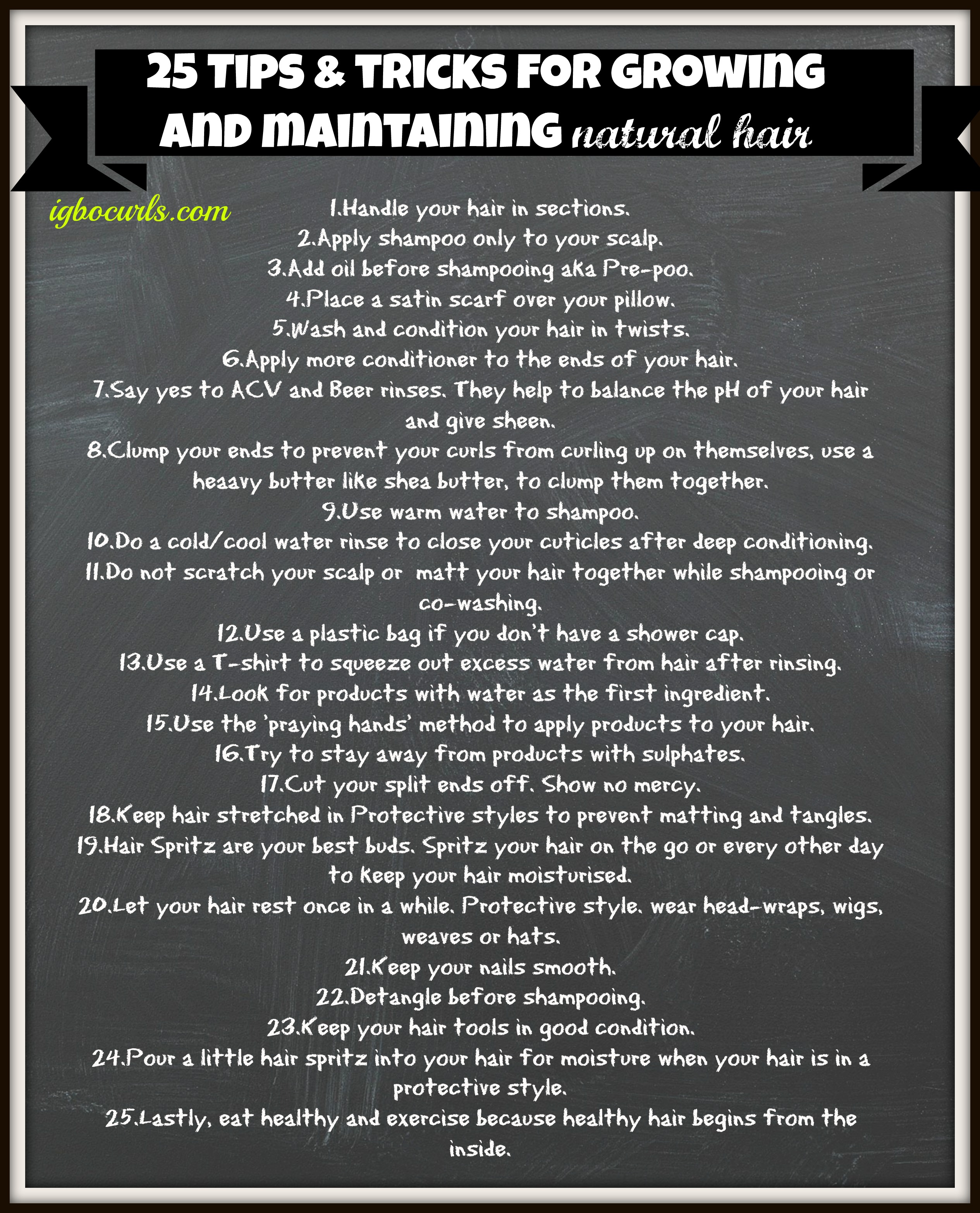
Natural hair often comes with a few common misconceptions. One misconception is that natural hair is unmanageable and difficult to style. However, with the right techniques and products, natural hair can be versatile and easy to maintain. Another misconception is that natural hair cannot grow long. In reality, natural hair can grow just as long as any other hair type; it may just require extra care and patience. Some may also believe that natural hair is always coarse and rough, but in truth, natural hair can range from fine and silky to thick and coarse. It’s important to dispel these misconceptions and embrace the beauty and uniqueness of natural hair.
Creating a Healthy Hair Care Routine

Importance of moisture and hydration for natural hair
One essential aspect of creating a healthy hair care routine for natural hair is ensuring moisture and hydration. Natural hair tends to be more prone to dryness, so it is crucial to keep it moisturized. Regularly moisturizing the hair helps to prevent breakage, split ends, and overall damage. This can be achieved by using hydrating shampoos and conditioners, as well as incorporating moisturizing leave-in conditioners, oils, and creams into the hair care routine. Additionally, protecting the hair with a satin scarf or bonnet while sleeping can help retain moisture. By prioritizing moisture and hydration, one can maintain the health and vitality of their natural hair.
Importance of moisture and hydration

Keeping natural hair moisturized and hydrated is crucial for its health and vitality. Natural hair tends to be more prone to dryness, making it essential to maintain moisture levels. Lack of moisture can lead to breakage, split ends, and overall damage. A regular moisturizing routine helps to prevent these issues. This can be achieved by using hydrating shampoos and conditioners specifically designed for natural hair. Incorporating moisturizing leave-in conditioners, oils, and creams further nourishes and hydrates the hair. Additionally, protecting the hair with a satin scarf or bonnet while sleeping helps retain moisture. Prioritizing moisture and hydration ensures that natural hair remains strong, resilient, and healthy.
Choosing the right products for natural hair

Choosing the right products for natural hair is essential for maintaining its health and vibrancy. Natural hair requires gentle and nourishing products that are specifically formulated for its unique needs. Look for shampoos and conditioners that are sulfate-free and contain moisturizing ingredients like shea butter or argan oil. These products help to cleanse the hair without stripping away its natural oils. When it comes to styling products, opt for those that provide moisture and hydration, such as leave-in conditioners, oils, and creams. It is important to read the labels and choose products that are free of harsh chemicals and additives that can cause dryness and damage. Experimenting with different products can help identify what works best for individual hair needs.
Washing and Conditioning Techniques

Proper washing and conditioning techniques are crucial for maintaining the health and vitality of natural hair. When it comes to washing, it is important to find the right frequency that works for your hair type. Natural hair tends to be more prone to dryness, so it is recommended to wash it less frequently to avoid stripping away its natural oils. On average, washing every 1-2 weeks is sufficient. Additionally, incorporating deep conditioning treatments into your routine is vital for keeping your hair moisturized and nourished. Deep conditioning helps to replenish moisture and restore any lost nutrients, leaving your natural hair feeling soft and hydrated.
Proper washing frequency for natural hair

For natural hair, finding the proper washing frequency is crucial. Natural hair tends to be more prone to dryness, so it is recommended to wash it less frequently to avoid stripping away its natural oils. On average, washing every 1-2 weeks is sufficient. However, it is important to listen to your hair’s needs and adjust accordingly. If your hair feels particularly dry or if you have a build-up of products, you may need to wash more often. Conversely, if your hair retains moisture well, you can stretch the time between washes. Ultimately, finding the right balance will help maintain the health and integrity of your natural hair.
Benefits of deep conditioning treatments

Deep conditioning treatments provide numerous benefits for natural hair. Firstly, they help to moisturize and hydrate the hair, which is essential for maintaining its health and preventing dryness. The deep conditioner penetrates the hair shaft, nourishing it from within and restoring moisture balance. Secondly, deep conditioning treatments can repair damage caused by heat styling, chemical treatments, and environmental factors. They help to strengthen the hair, reducing breakage and split ends. Additionally, these treatments improve the overall texture and manageability of natural hair, making it easier to style and detangle. By incorporating deep conditioning treatments into your hair care routine regularly, you can promote the growth, health, and resilience of your natural hair.
Protective Styling Options
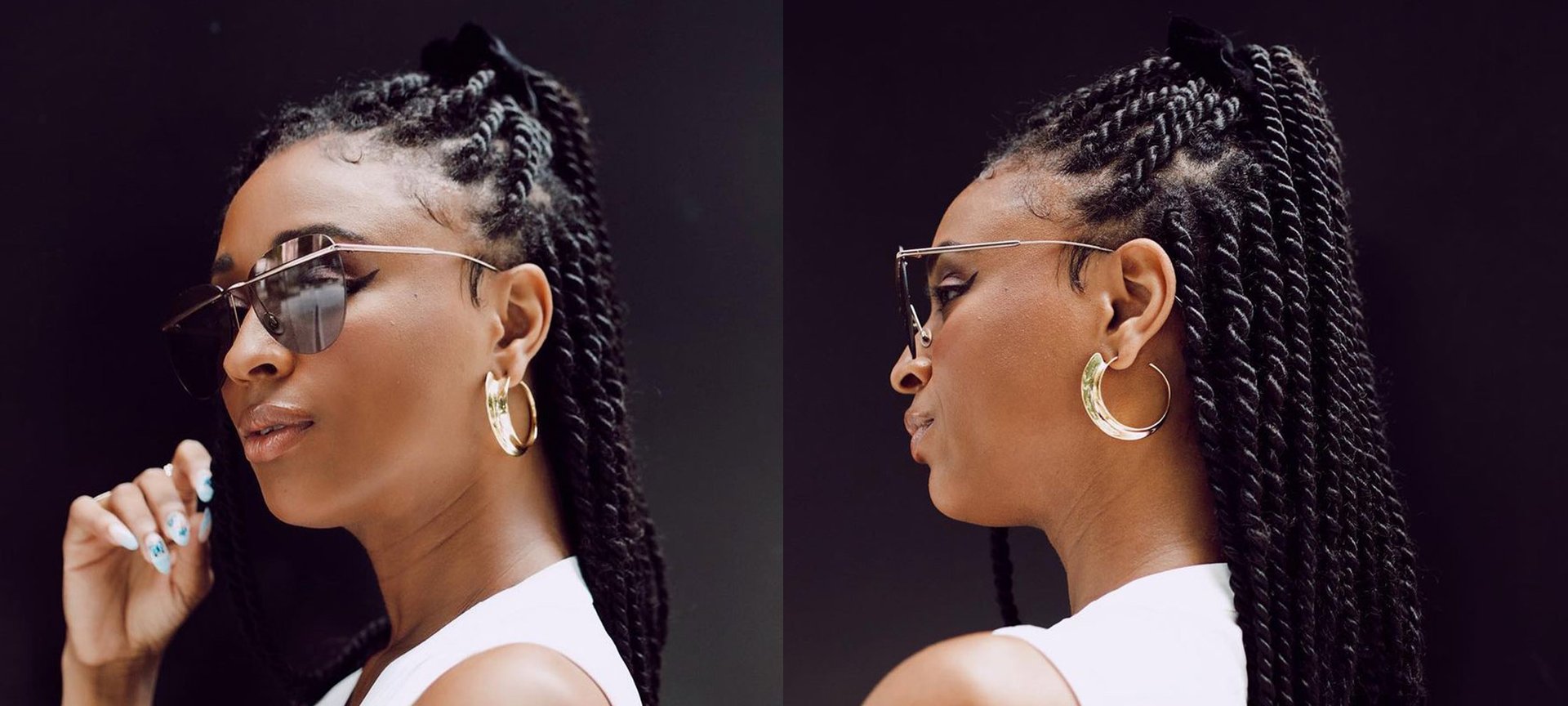
There are various options for protective styling for natural hair. One popular choice is wearing braids or twists, which can be done in different lengths and styles. These styles help to shield the hair from manipulation and environmental damage. Another option is wearing wigs or weaves, which provide a barrier between the natural hair and external factors. Additionally, buns and updos are great protective styles as they keep the ends tucked away and minimize breakage. Protective styles like these help to retain length and reduce the risk of damage. It is important to note that the chosen protective style should not be too tight or cause tension on the scalp, as this can lead to hair loss or breakage.
Different protective styles for natural hair

There are several protective styles that are popular for natural hair. One option is wearing braids or twists, which can be done in various lengths and styles. These styles help to minimize manipulation and protect the hair from external factors. Another option is wearing wigs or weaves, which provide a barrier between the natural hair and potential damage. Buns and updos are also great protective styles as they keep the ends of the hair tucked away and reduce breakage. These protective styles help to retain length and minimize the risk of damage to the hair. It is important to ensure that the chosen protective style is not too tight, as this can lead to hair loss or breakage.
Maintaining hair health while protective styling

When it comes to maintaining hair health while protective styling, there are a few key tips to keep in mind. First and foremost, it’s important to choose a protective style that doesn’t put too much tension on the hair follicles. Avoid styles that are too tight or pull on the scalp. Secondly, it’s crucial to continue moisturizing the hair and scalp while in a protective style. This can be done by using a lightweight leave-in conditioner or a water-based moisturizer. Additionally, regularly cleansing the scalp and removing any buildup is essential to prevent any potential issues. Lastly, giving the hair regular breaks from protective styles and allowing it to breathe is crucial to maintain overall hair health.
Tips for Handling Common Hair Issues
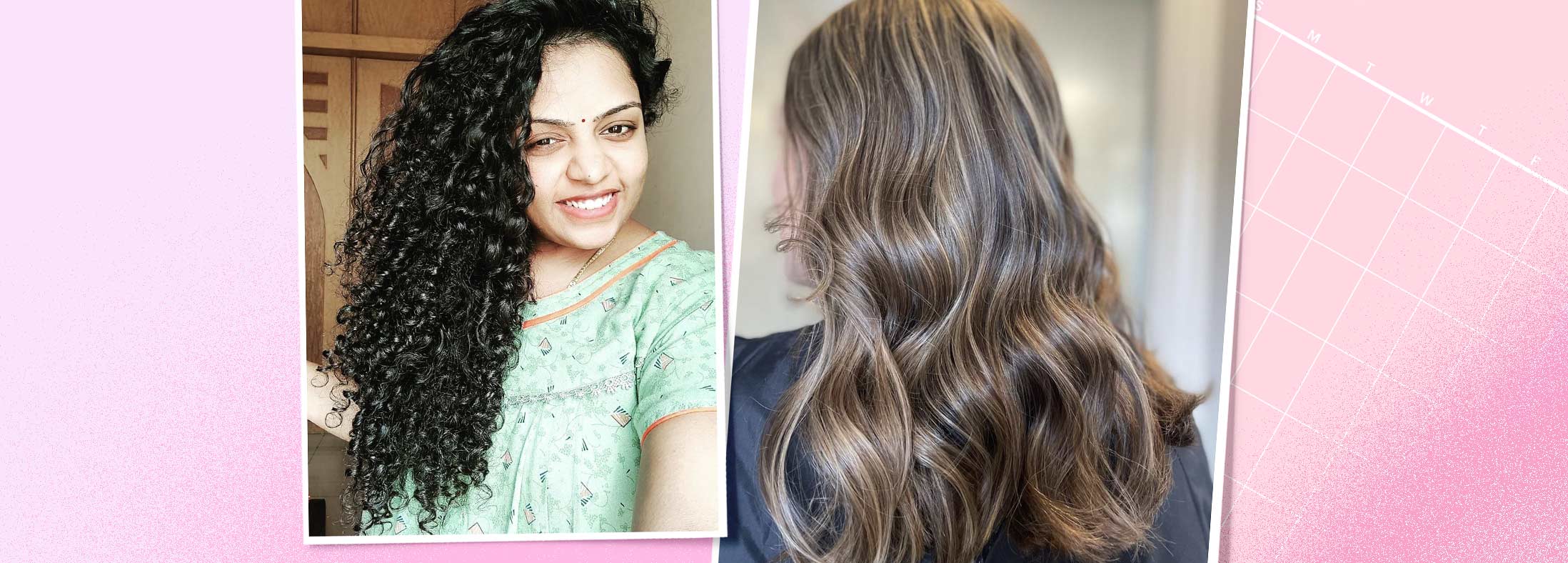
Tips for Handling Common Hair Issues
To manage shrinkage and frizz, it’s important to embrace protective styling options like twist outs, braid outs, or adding heatless stretching techniques. Using a wide-toothed comb or fingers to detangle and style the hair can help minimize breakage and frizz. Applying a leave-in conditioner, followed by a small amount of oil or styling cream, can help seal in moisture and prevent frizz. To prevent breakage and split ends, avoid over-manipulating the hair and limit the use of heat styling tools. Regular trims to get rid of split ends and deep conditioning treatments can also help maintain hair health.
Managing shrinkage and frizz
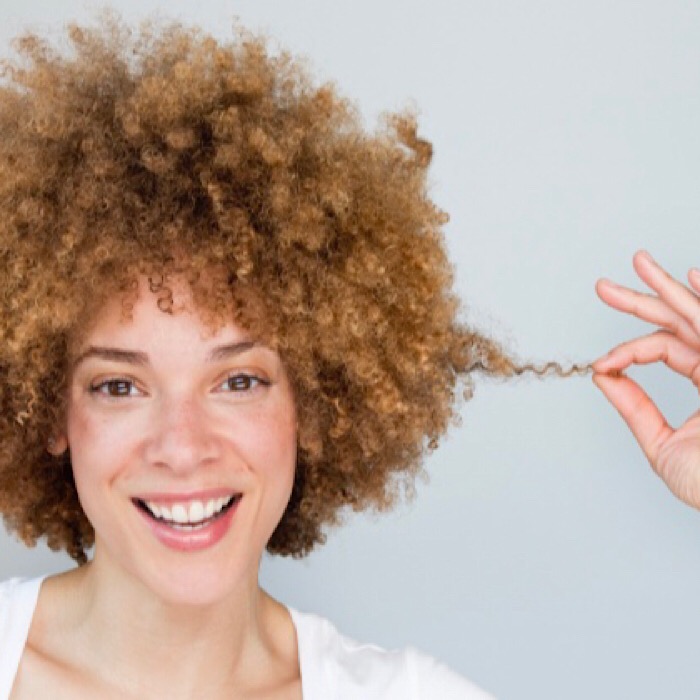
To manage shrinkage and frizz, one can embrace protective styling options like twist outs, braid outs, or heatless stretching techniques. Using a wide-toothed comb or fingers to detangle and style the hair can help minimize breakage and frizz. Applying a leave-in conditioner, followed by a small amount of oil or styling cream, aids in sealing moisture and preventing frizz. Over-manipulating the hair should be avoided to prevent breakage and split ends. It is also advisable to limit the use of heat styling tools. Regular trims to get rid of split ends and deep conditioning treatments contribute to maintaining hair health.
Preventing breakage and split ends

To prevent breakage and split ends, it is important to handle the hair with care. Avoid excessive brushing or combing, as it can cause damage. Instead, use a wide-toothed comb or fingers to detangle gently from the ends to the roots. Regular trims every 6-8 weeks help to get rid of split ends and keep the hair healthy. Deep conditioning treatments should not be skipped, as they nourish and strengthen the hair. When styling, avoid heat tools as they can weaken the hair shaft. Opt for heatless styling options and use a heat protectant when necessary. Lastly, protecting the hair at night with a satin or silk bonnet or pillowcase helps to minimize friction and breakage.
Conclusion

In conclusion, nurturing natural hair requires understanding and addressing its unique needs. Knowing one’s hair type and debunking common misconceptions can guide a tailored hair care routine. Adequate moisture and hydration are essential to keeping natural hair healthy and thriving. Choosing the right products that cater to natural hair’s specific requirements further supports its well-being. Proper washing frequency, along with the benefits of regular deep conditioning treatments, helps maintain optimal hair health. Embracing protective styling options helps protect natural hair from damage and breakage. And finally, addressing common hair issues like shrinkage and frizz through appropriate techniques ensures a well-rounded hair care routine. By implementing these essential tips, individuals can embrace and nurture their natural hair with confidence.
Summary of the essential tips for nurturing natural hair

Natural hair requires understanding and addressing its unique needs. This can be achieved by knowing one’s hair type and debunking common misconceptions. Adequate moisture and hydration are essential for healthy and thriving natural hair. Choosing the right products that cater to natural hair’s specific requirements further supports its well-being. Proper washing frequency and regular deep conditioning treatments help maintain optimal hair health. Embracing protective styling options helps protect natural hair from damage and breakage. Techniques for managing common hair issues, such as shrinkage and frizz, ensure a well-rounded hair care routine. By following these essential tips, individuals can nurture and embrace their natural hair with confidence.
Additional resources for further guidance
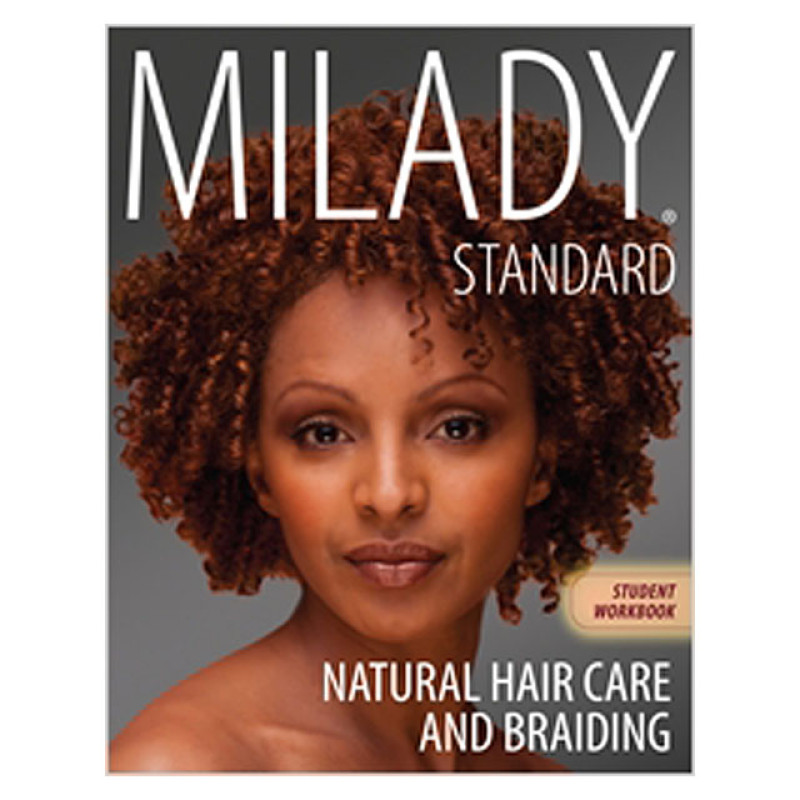
Additional resources for further guidance can be found from various sources dedicated to natural hair care. One such source is online communities and forums where individuals share their experiences, tips, and product recommendations. Websites and blogs focused specifically on natural hair care provide detailed information on different hair types, styling techniques, and product reviews. Social media platforms, such as Instagram and YouTube, offer a wealth of content from natural hair influencers who share tutorials, product hauls, and styling inspiration. Books and ebooks dedicated to natural hair care provide comprehensive guides and step-by-step instructions for nurturing and maintaining healthy natural hair. It is important to explore these resources to gain a deeper understanding of natural hair care practices and find personalized tips and advice.

